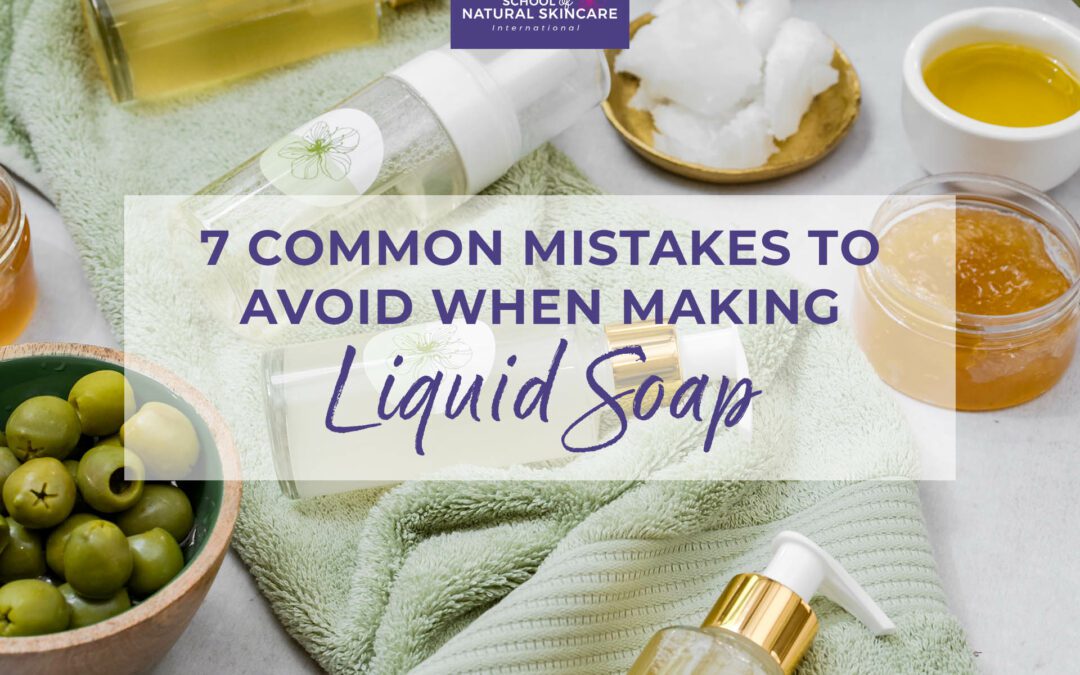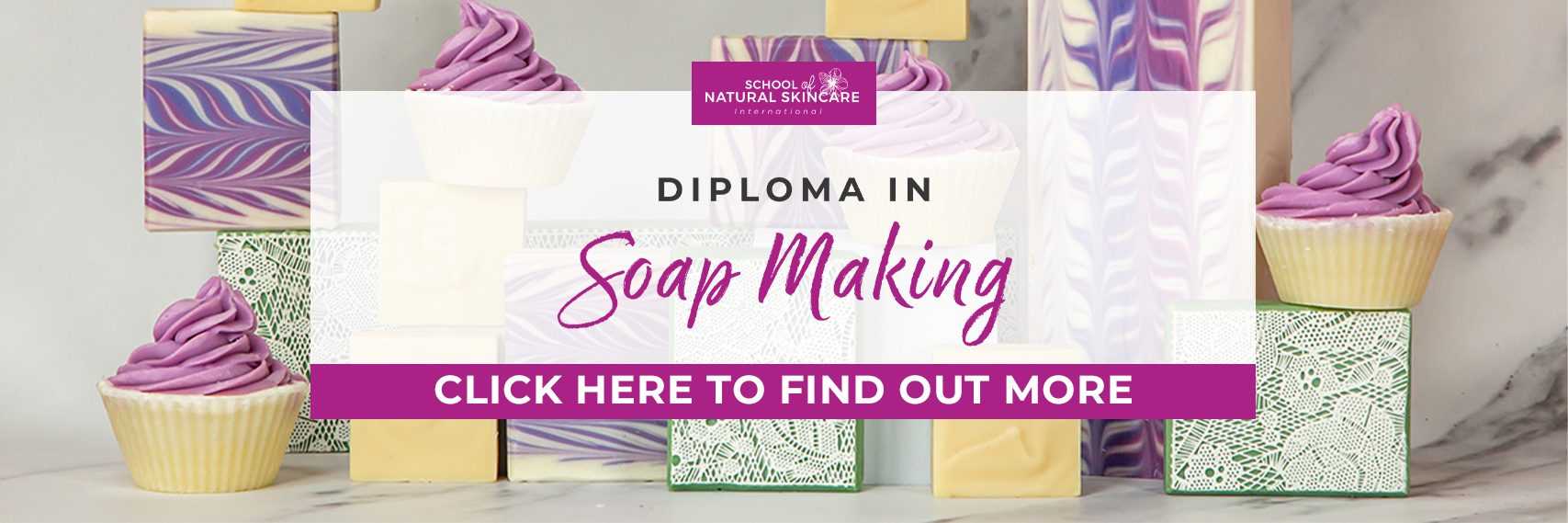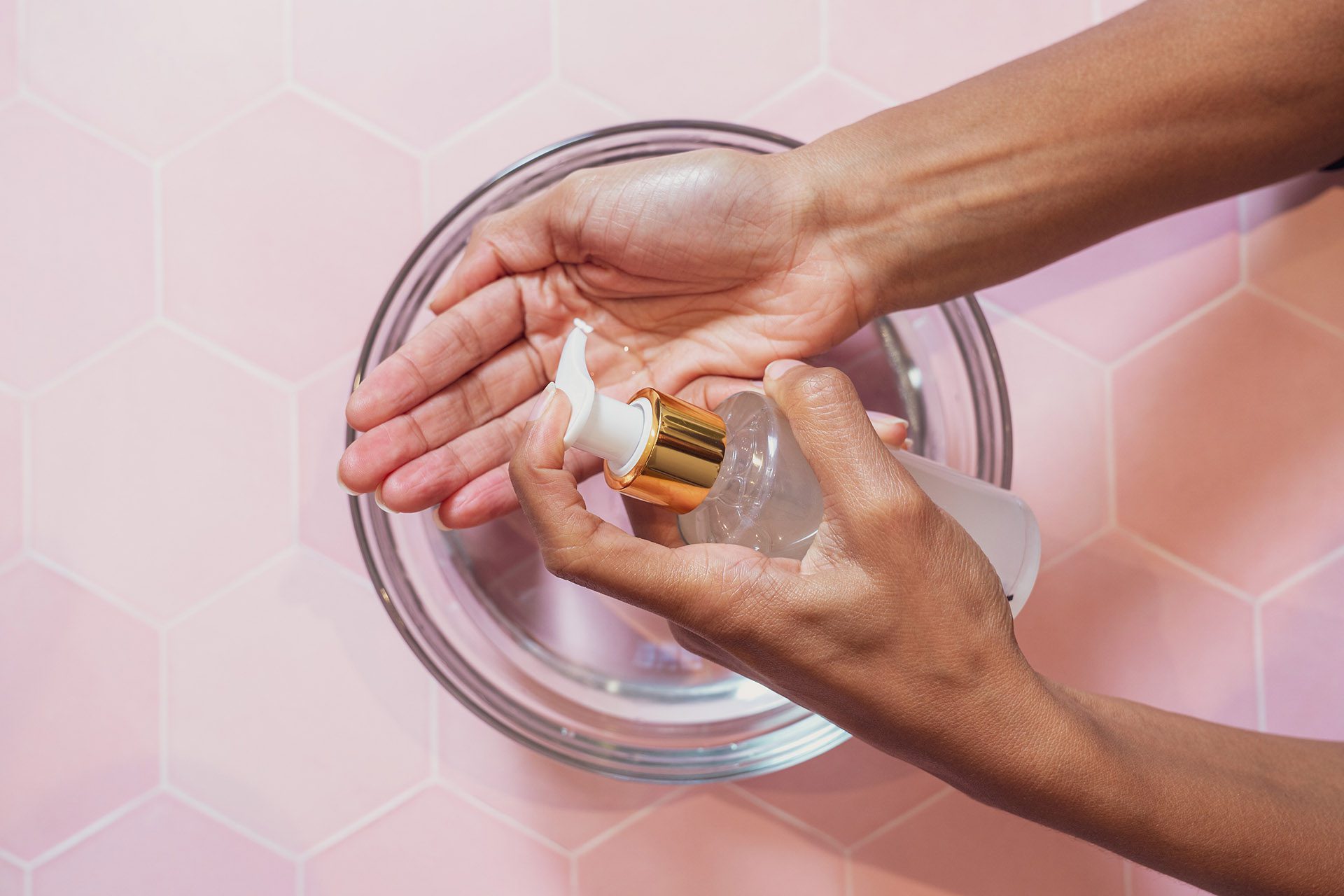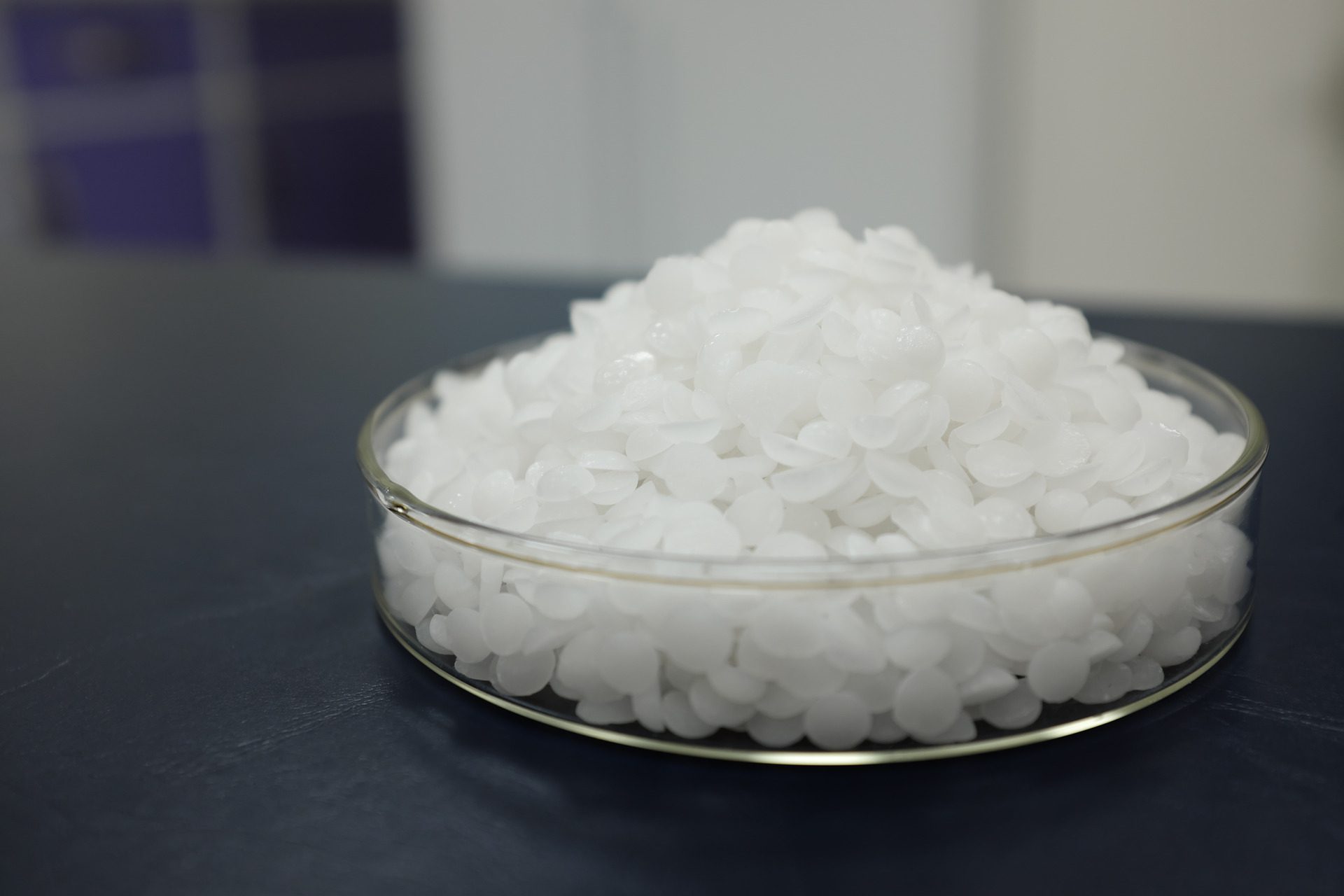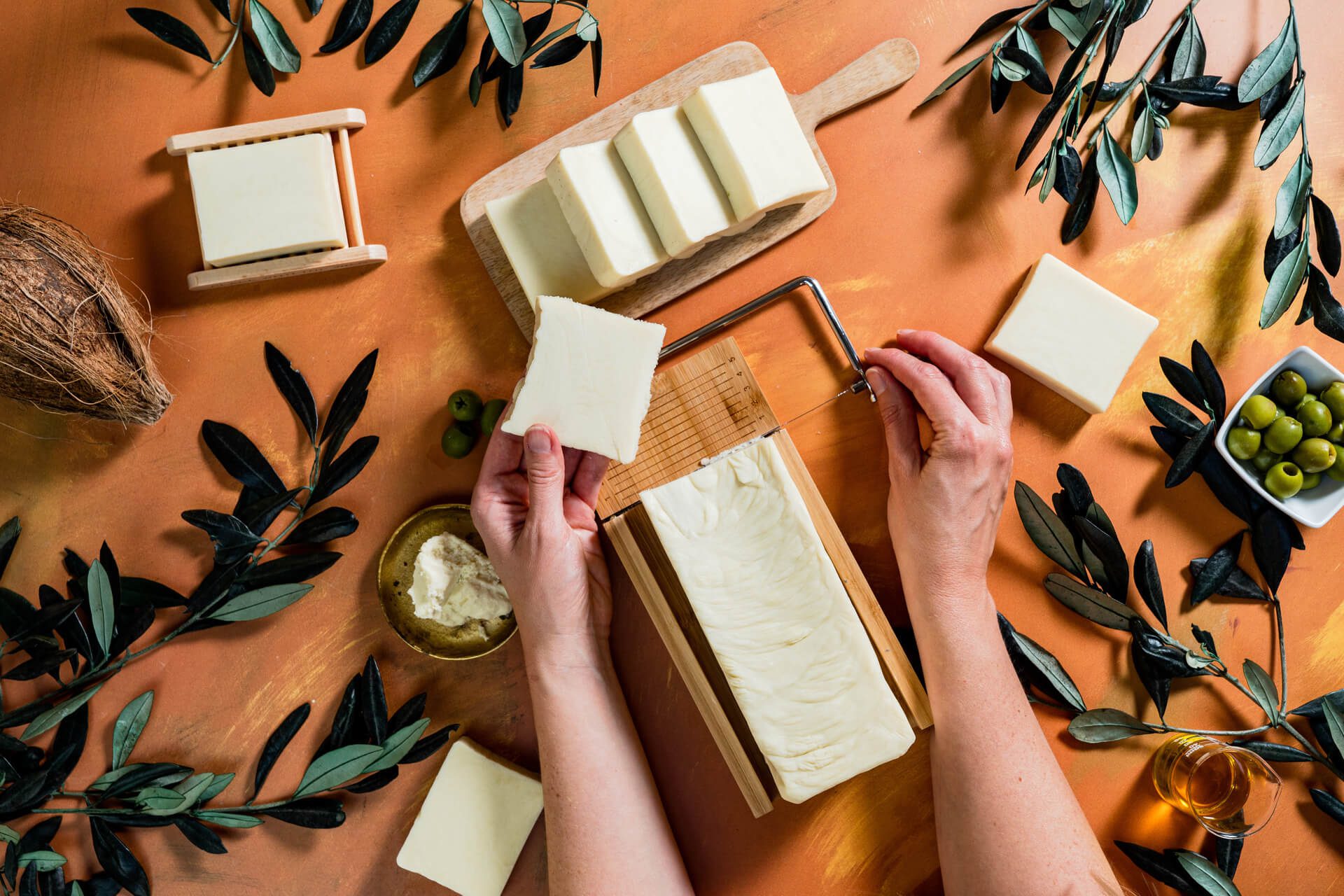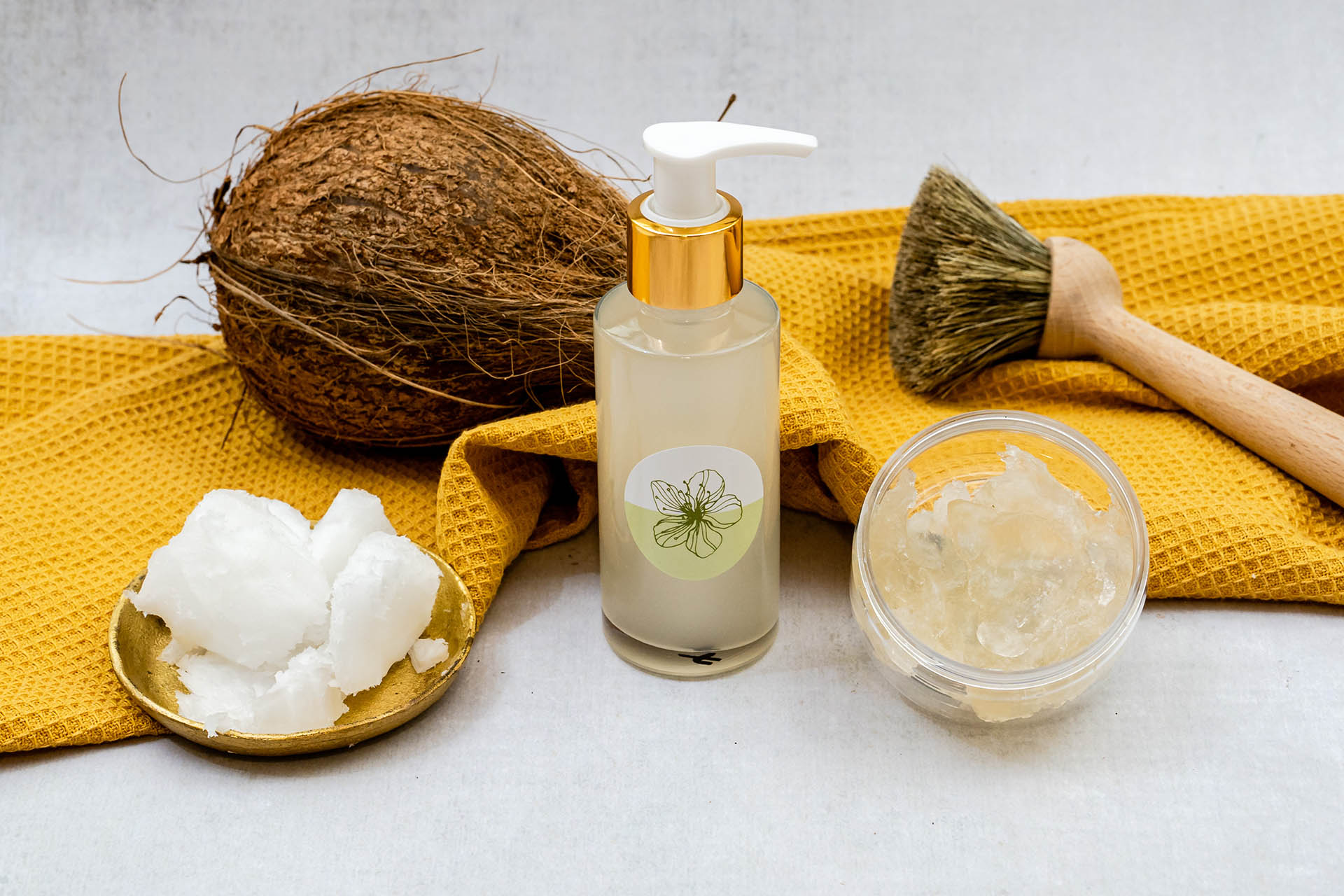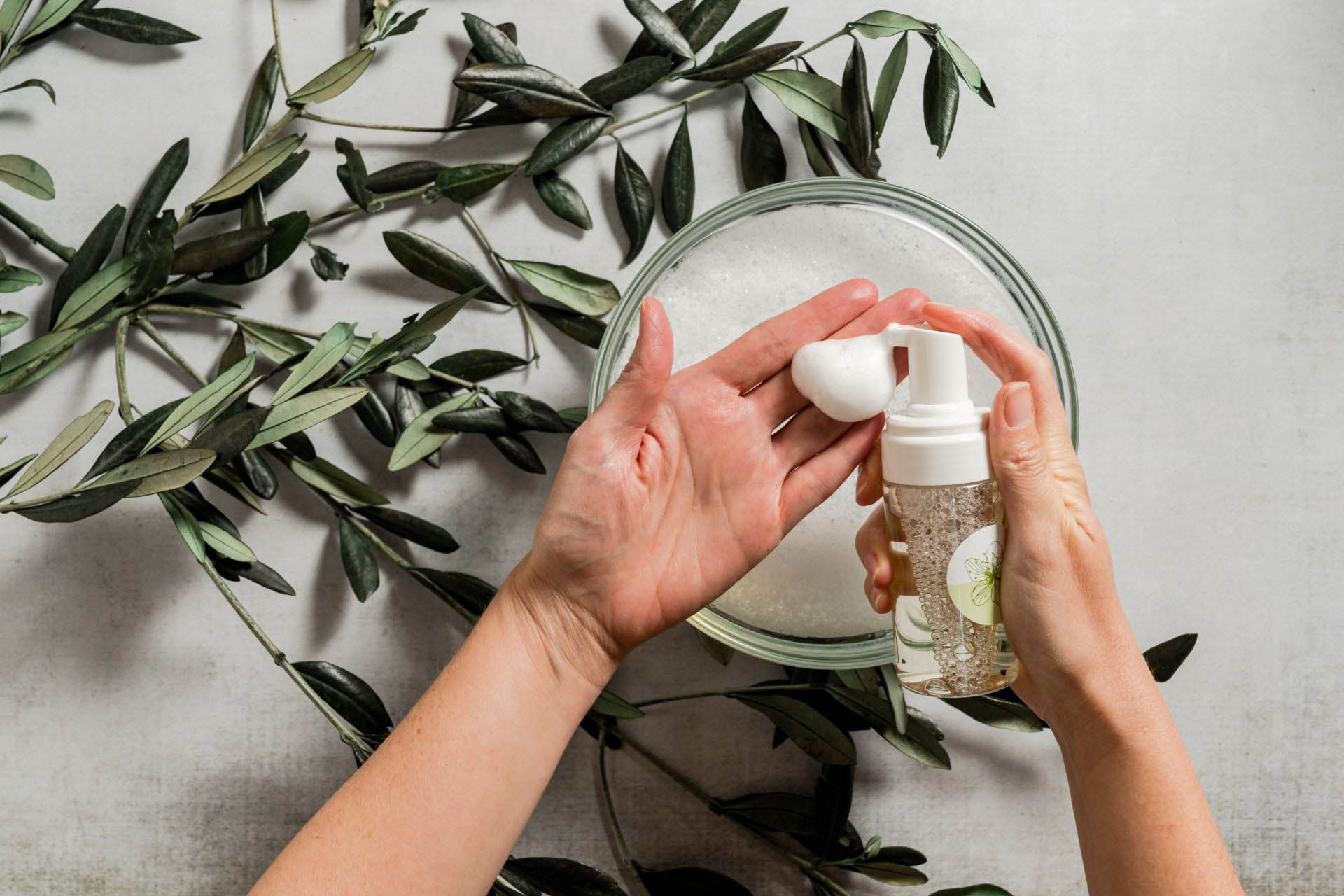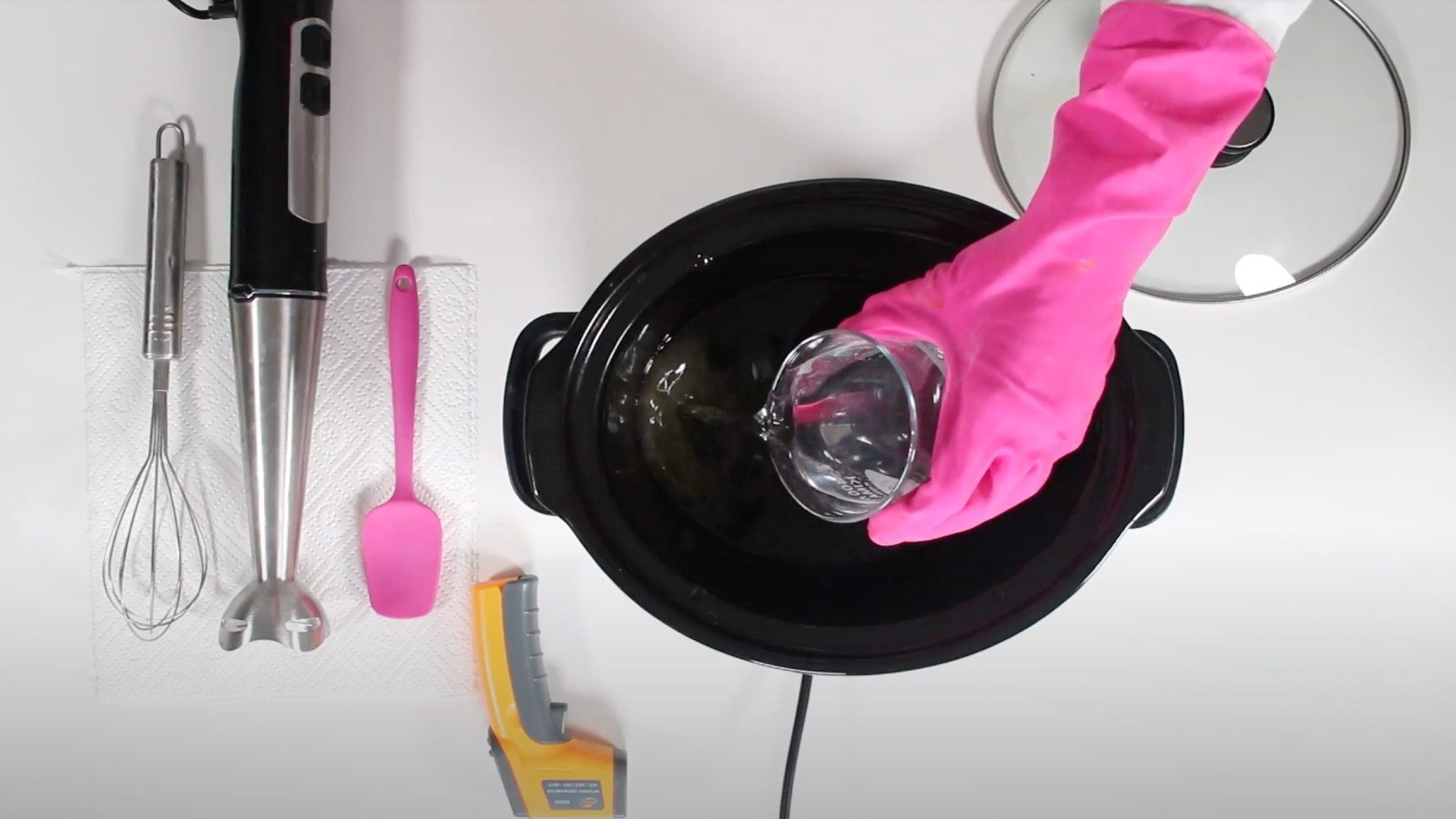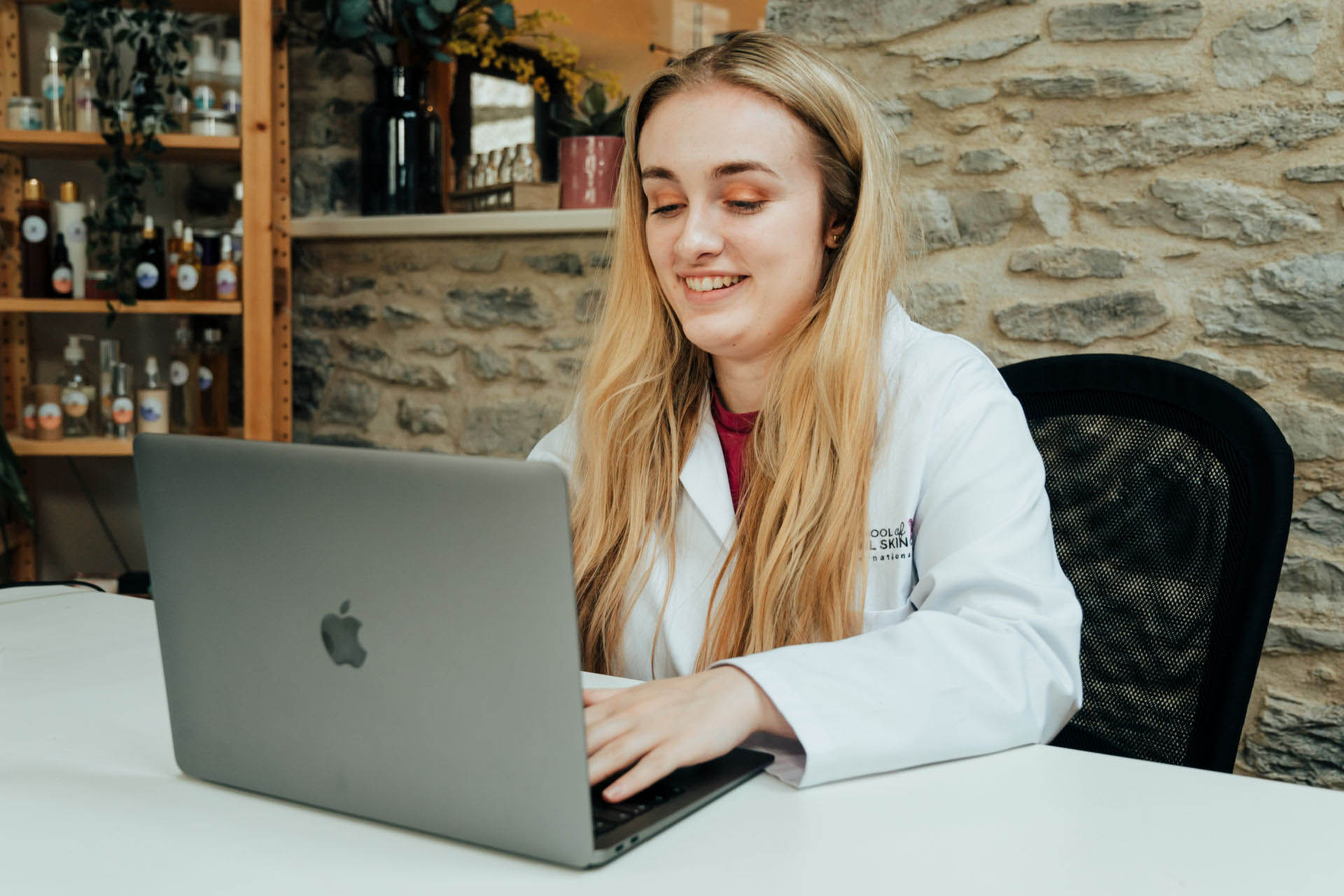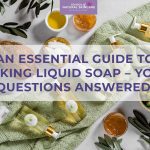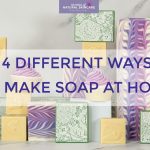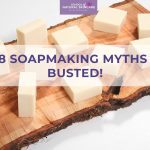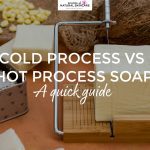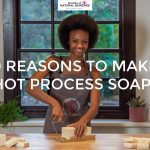Liquid soap making is rewarding as it can be made with just a few ingredients, it can be used for multiple purposes, from facial cleansers to laundry detergent, you have control over the strength (cleansing capability) of the soap and you can customize it with different ingredients, such as humectants, to make it more hydrating.
We want you to succeed at soap making so in this article we’re going to highlight 7 common liquid soap making mistakes so you can avoid making them. These mistakes can make your soap unpleasant and even unsafe.
Just like when making soap bars, liquid soap is created through a saponification reaction between oils and lye. The key difference between making bar soap and making liquid soap is the lye used in the reaction. Solid soap bars are made using sodium hydroxide (NaOH). Liquid soap is made using potassium hydroxide (KOH). If you are new to liquid soap making then you might like to take a look at An Essential Guide to Making Liquid Soap – Your Questions Answered!
If you’ve been making skincare or haircare products for a while, you’ll know that there is a lot of inaccurate and misleading information out there. Well, it’s the same with soap making. Myths and misconceptions abound in blogs and social media which can lead to common mistakes being made.
If you’re looking for reliable and professional guidance on making liquid soap, you’ll love our Diploma in Soap Making! Covering cold process, hot process and liquid soap making, it’s the most comprehensive online soap making course available.
7 common mistakes to avoid when making liquid soap
1. Not using a well-designed, balanced recipe
If you use an unbalanced soap recipe, the soap may not have the desired properties, such as lather, cleansing, conditioning and so on. An unbalanced recipe can also result in soap that is too soft or too hard, and can potentially cause skin irritation or be ineffective.
In general, a balanced soap recipe will provide a well-rounded product that has a good balance of lather, cleansing and conditioning properties, and is safe and effective to use on the skin.
2. Not checking the purity of potassium hydroxide (KOH)
One important difference between making bar soap and making liquid soap is the type of lye that is used. Bar soap uses sodium hydroxide and liquid soap uses potassium hydroxide.
If the purity of the potassium hydroxide (KOH) used in making liquid soap is not checked, it can affect the final product. Potassium hydroxide of different purities can have different molecular weights, which can result in a different amount of the substance being required for a given recipe.
Using KOH of unknown purity can lead to incorrect amounts for complete saponification. This can result in a liquid soap that still contains unreacted lye or liquid soap with superfat, which is cloudy in appearance.
In our Diploma in Soap Making we provide detailed guidance and a step-by-step video showing you how to test the purity of your potassium hydroxide so that your liquid soap turns out perfectly.
3. Adding superfat
Superfatting is a common practice in soap making, and it refers to the addition of extra oils that are not fully saponified into soap. This can result in a final product that is milder and gentler on the skin, and can also provide added conditioning benefits.
In the case of liquid soap, however, adding superfat can have a significant impact on the final product. Unsaponified oils cause the final soap to be cloudy and they can form a creamy layer on the top of the soap.
If you wish to add superfat then it would be better to make soap bars using the cold process or hot process method.
4. Using solid soap bars to create liquid soap
You’ll find advice online stating that you can grate soap bars and dissolve them in water to make liquid soap. While grating solid soap bars (eg cold process soap) and dissolving them in hot water can be done, it doesn’t result in high quality and good-looking liquid soap.
Sodium soaps (solid soap bars) have much lower water solubility and thus never fully dissolve in water, so they form a thick, creamy, gel-paste like structure. Nothing like a true liquid soap, which is clear, thin, transparent and smooth.
So, while solid soap bars can be mixed with water, they don’t form a true liquid soap. In order to make safe, effective and easy-to-use liquid soap, you will need to use KOH as your lye and follow a different method.
5. Not diluting the soap paste correctly
Diluting soap paste is an important step in making liquid soap, as it helps to bring the soap to the desired strength. After saponification, the resulting paste is typically very thick and concentrated, and as such not suitable for use yet.
By diluting the soap paste in purified water, the final product becomes easier to pour, measure and use, and it also allows for the control of the strength of the soap.
It is important to use the correct amounts of soap paste and water when diluting, as using too much soap paste can result in a final product that is too strong, while using too little can result in a product that is too weak. To avoid differences from one batch to another, calculating the soap and water amounts in the correct and reliable way is crucial.
Looking at liquid soap recipes online, you can easily find instructions to dilute the soap paste in a 1:2 or 1:3 ratio. While this is very simple to do, it unfortunately doesn’t result in very consistent products.
A much better way of diluting the soap paste is by determining the percentage of anhydrous soap (or active matter) in the paste and then calculating the suitable dilution to achieve the desired soap strength.
This is a little more complicated, but it is much more accurate and you’ll get consistent results each time. We explain the soap dilution method and calculations in detail in our Diploma in Soap Making, so you can follow along.
6. Not using the correct lye
Making liquid soap with sodium hydroxide (NaOH) instead of potassium hydroxide (KOH) will not be successful, as sodium soaps have very different properties than potassium soaps.
Even if you tried adding water and diluting the sodium soap, the result will never be clear liquid soap with a pleasant viscosity and texture.
7. Not checking the recipe with a soap calculator
Using a soap calculator is an important step in soap making, as it helps to ensure that the soap recipe is balanced and safe. A soap calculator takes into account the type and amount of oils used and the required amount of lye and water, and calculates the precise amount of each ingredient needed for the recipe.
If you don’t check your soap recipe with a soap calculator, you run the risk of using incorrect amounts of ingredients, which can result in a soap that is not properly balanced. An unbalanced soap can be too alkaline and unsafe for skin, or it can have an excess of oils which will negatively affect its appearance.
We provide a step-by-step video showing you exactly how to use a soap calculator so you can create balanced soaps every time.
A complete online soap making course!
Looking for reliable and accurate soap making advice?
You’ll love our brand new Diploma in Soap Making! This four-part course, with 19 modules in all, is the most comprehensive online soap making diploma course available, covering four areas of soap making:
Part 1: Cold Process Soap Making
Part 2: Advanced Soap Making: Soap Swirling Techniques
Part 3: Advanced Soap Making: Hot Process Soap
Part 4: Advanced Soap Making: Liquid Soap
Our Diploma in Soap Making is a detailed course that covers everything you need to know to make soap safely and successfully. Containing detailed step-by-step videos showing you exactly how to make each type of soap, beautiful and detailed course textbooks to download, tried-and-tested recipes to follow, troubleshooting advice and tutor support from a master soap maker, you’ll have everything you need to create exceptional soap.
Students have joined our Diploma in Soap Making from all around the world and we’d be delighted to welcome you to the course as well. You’ll study online inside our easy-to-use online classroom, at your own pace and in your own time, from wherever you are in the world. Once you have enrolled onto the course, you can get started straight away.
If you have any questions, please do get in touch with our customer service team by email using hello@schoolofnaturalskincare.com. They are on hand to help and would be delighted to hear from you.

